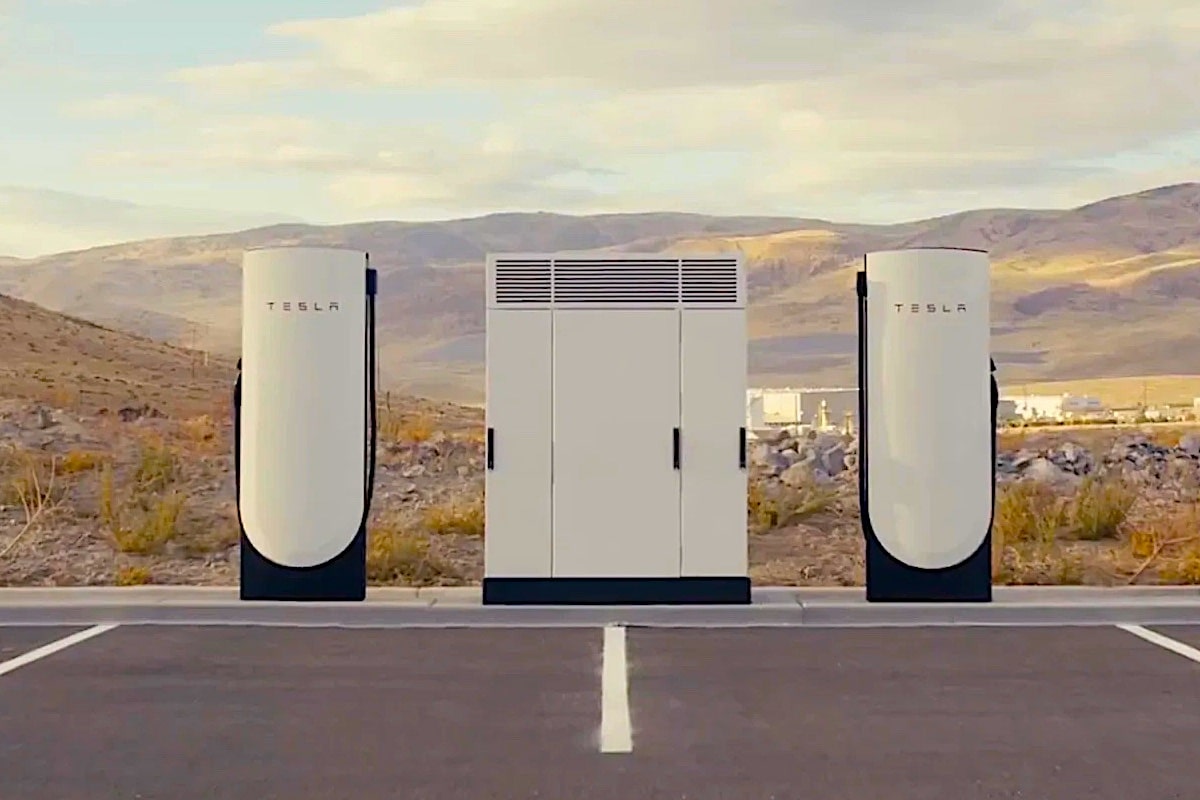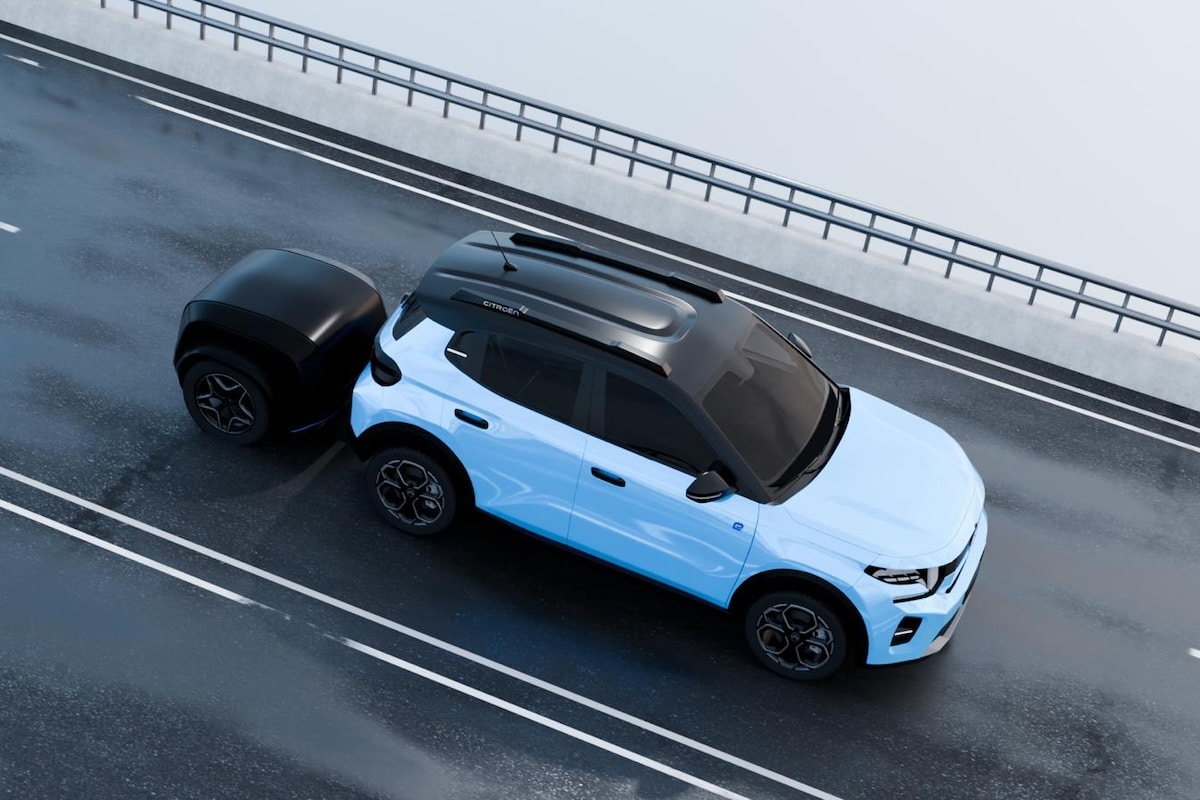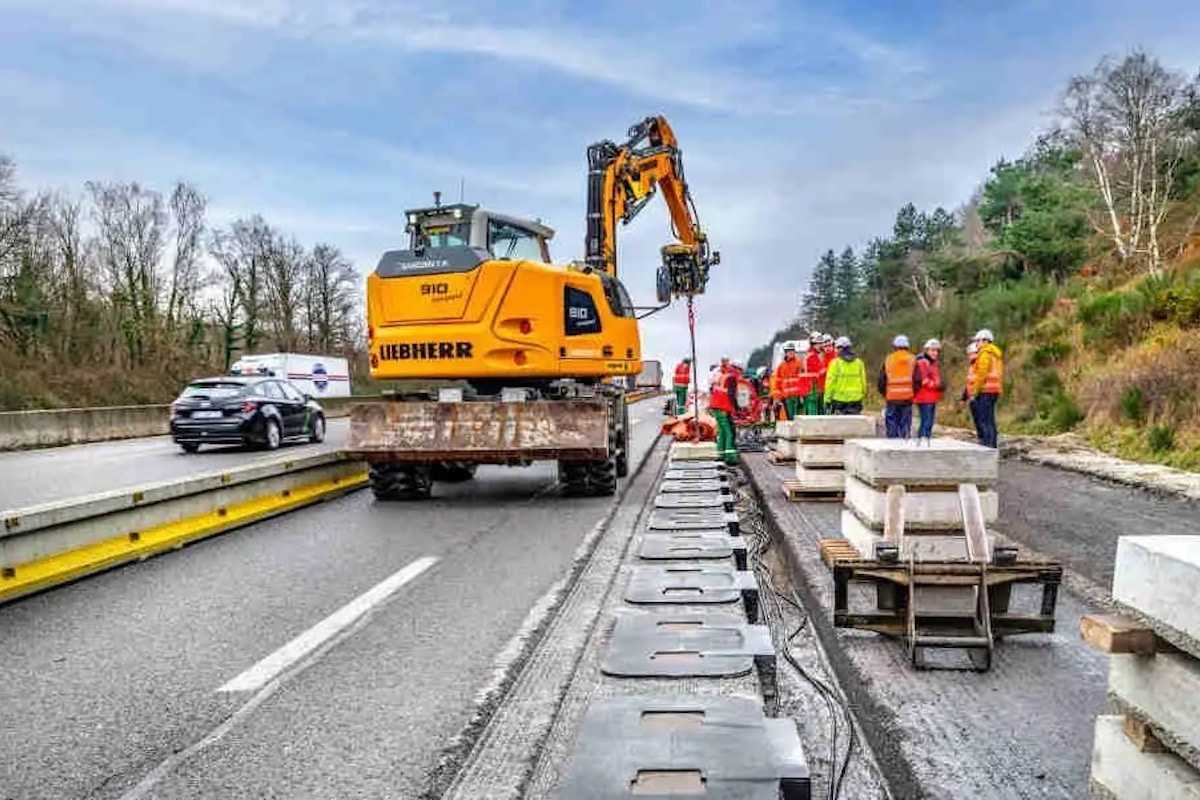Why Tesla Supercharger V4 Stations Will Kill Internal Combustion Engines

With 500 kW of charging power for electric cars, the Superchargers V4 from Tesla will accelerate the end of combustion engines.
The ultimate unconvincing argument used by pro-thermal advocates to discredit electric cars daily is their range during long trips. It can always be argued against with the price/km ratio, as well as the need to take a 15-minute break every 2 hours to regain energy, but nothing seems to work.
Trying to convince is pointless, yet Tesla does not relax its efforts to “win the game” by introducing its new electrical infrastructure for its charging areas. Thus, the Superchargers V4 will now be gradually powered by ultra-high-power cabins capable of delivering up to 8 x 500 kW… or 4 x 1.2 MW to charge Tesla Semi trucks.
This development reveals ongoing advancements for the next Teslas expected in the coming years. And we are not even touching on solid-state batteries that will offer even faster charging speeds.
Recharge 2 times faster?
Currently, Tesla and Superchargers can respectively accept and deliver up to 250 kW of charging power. But it is known that the Cybertruck can handle even more. We initially thought up to 350 kW, but Tesla now assures that at the V4 500 kW station, its electric pickup will reduce refueling time by 30%.
Competing cars will also benefit, particularly high-performance “supercars” like the Porsche Taycan or Audi e-Tron GT.
Tesla has now become a major energy provider, with 25% of its revenue coming from this activity. In its presentation, Tesla states it supplies about 5 terawatt-hours (TWh) annually, equal to 5 billion kilowatt-hours, and the new V4 cabinets will ensure a 2% improvement in energy efficiency in terms of heat. That means saving 100 gigawatt-hours (GWh)! It’s enormous.
In the future, an SUV or an electric sedan capable of handling such charging power — which was science fiction just 5 years ago — will be able to cover around 350 km of range on the highway in 5 to 10 minutes. And at an unchanged price of about 20 euros. Suddenly, the future seems more decarbonized.
ALSO READ: Tesla Superchargers accept other brands, but under a new condition
This page is translated from the original post "Pourquoi les bornes Tesla Supercharger V4 vont tuer le thermique" in French.
We also suggestthese articles:
Also read






